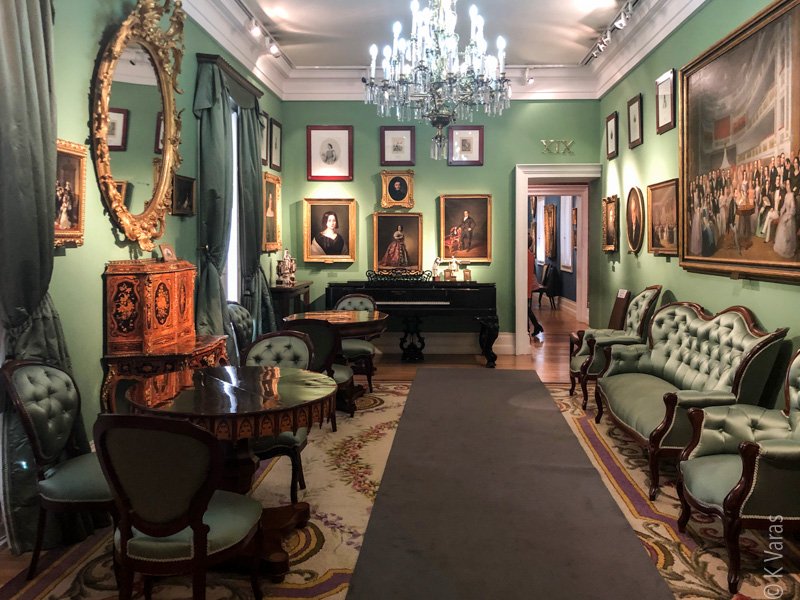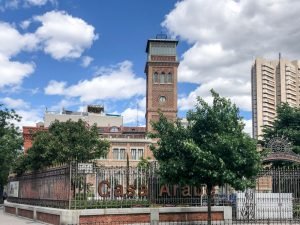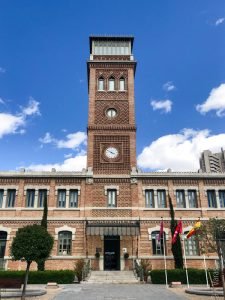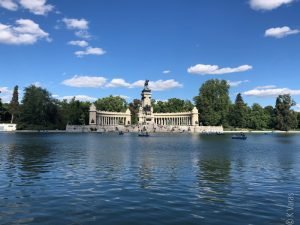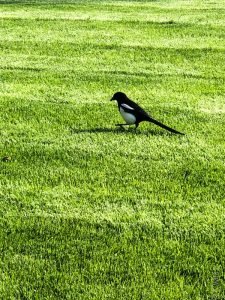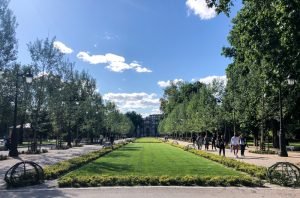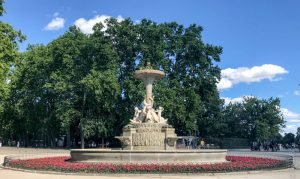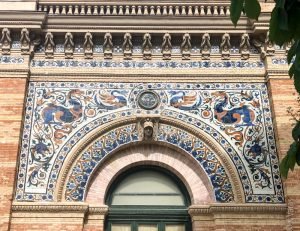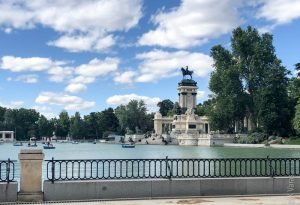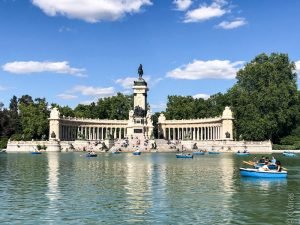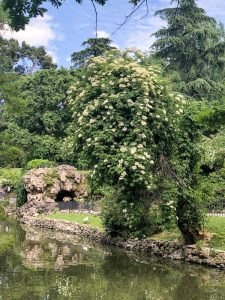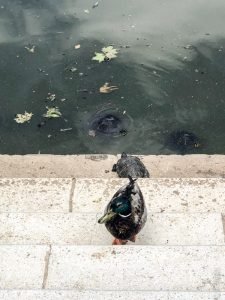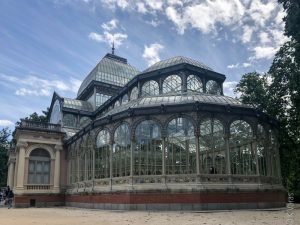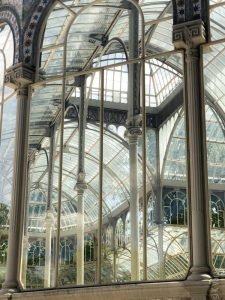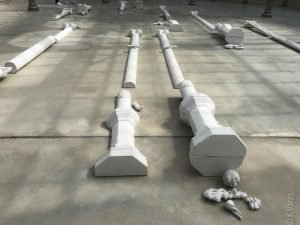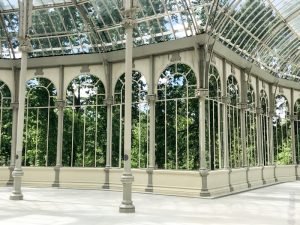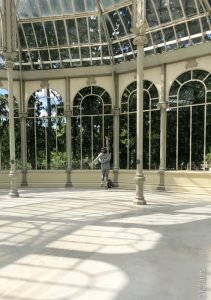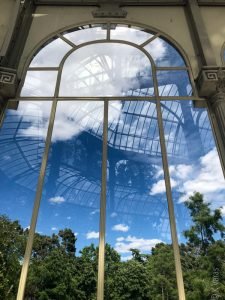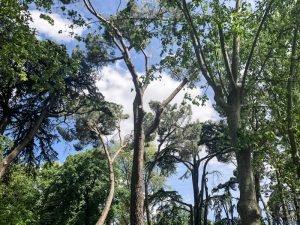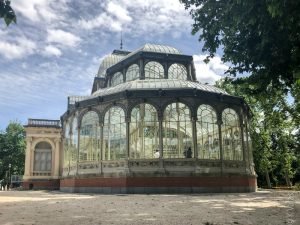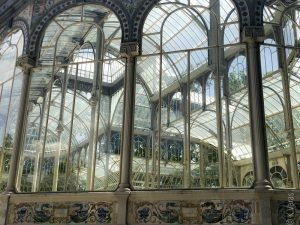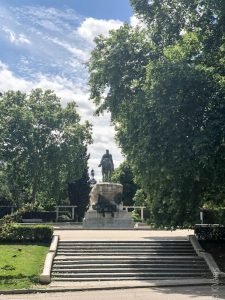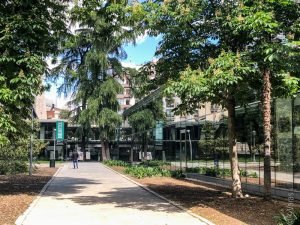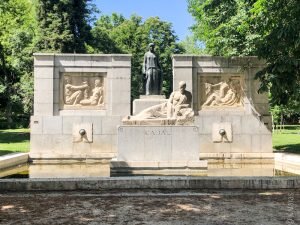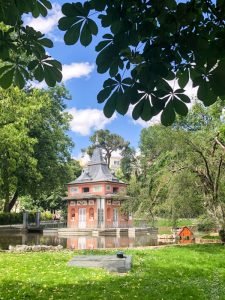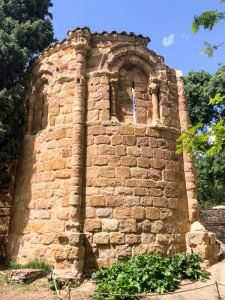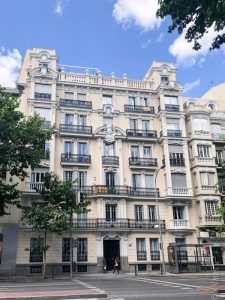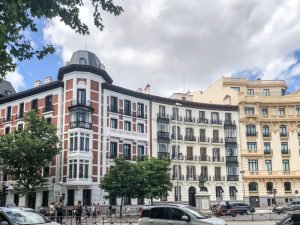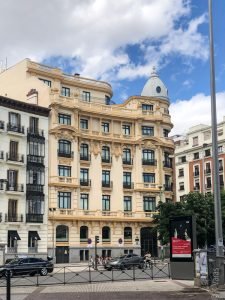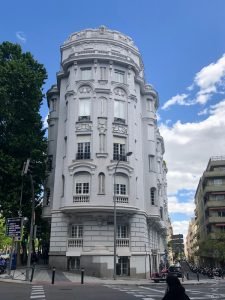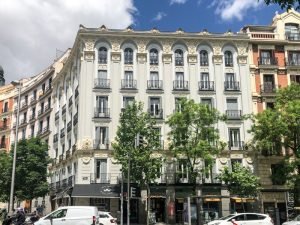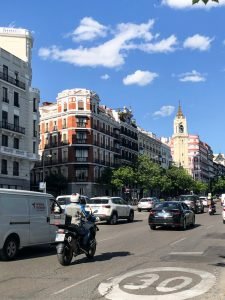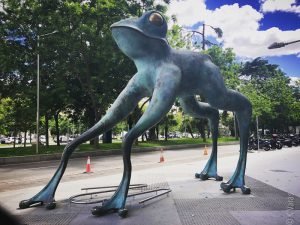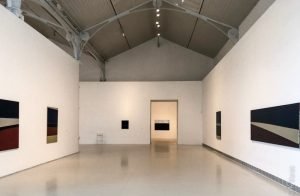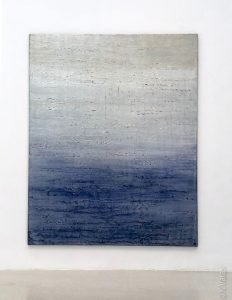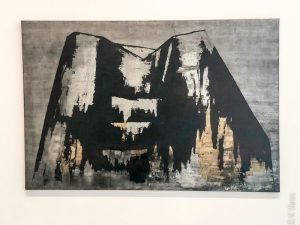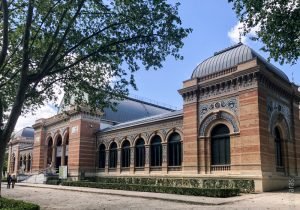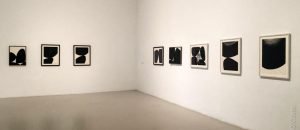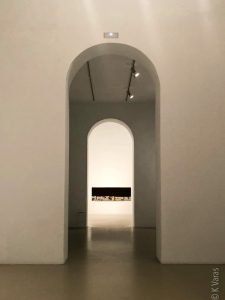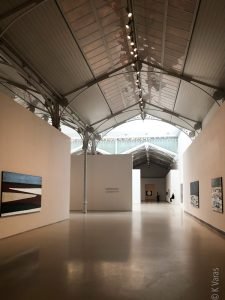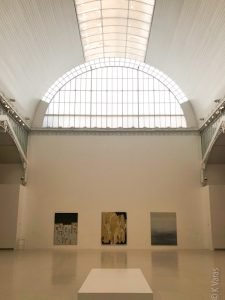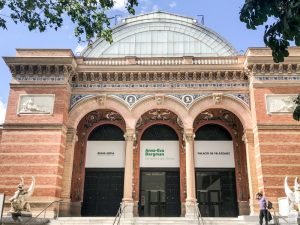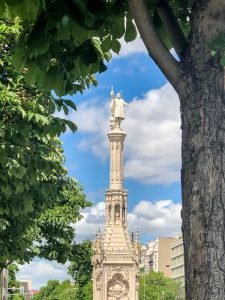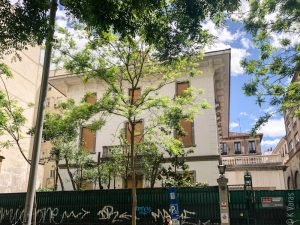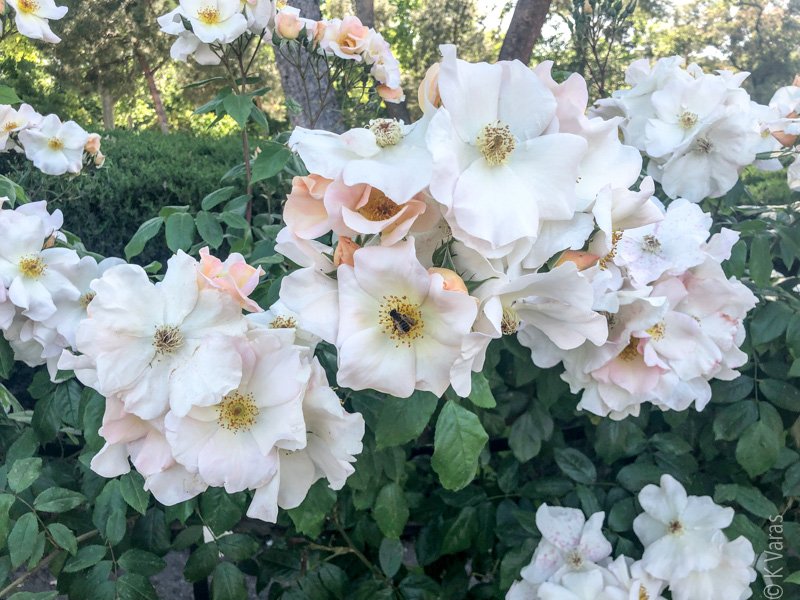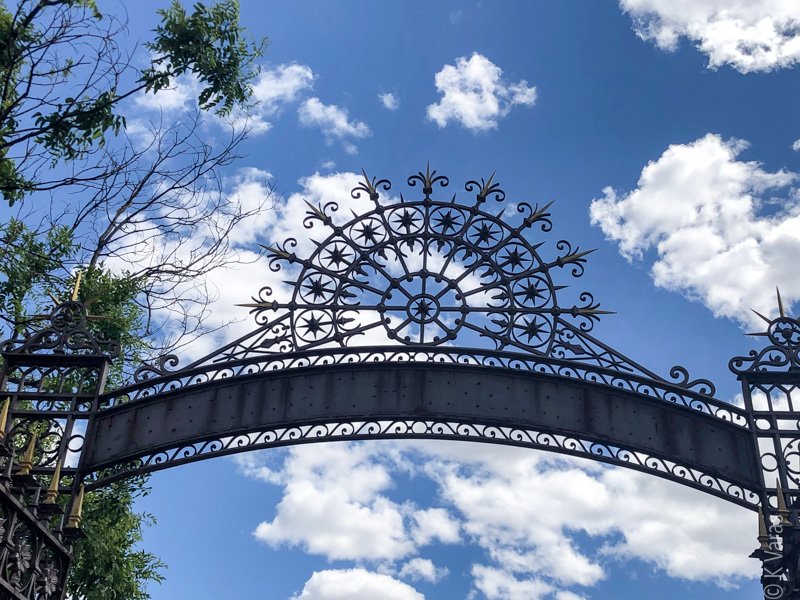
Parque del Buen Retiro
All major cities have a signature park: New York has its Central Park, Barcelona has Park Güell, London has a few, most notably Hyde and Regent’s, and who could forget Vancouver’s Stanley Park that used to be my weekend home-away-from-home for some 20 summers. Madrid is very lucky to have el Parque del Buen Retiro, or, as it is more commonly known, just El Retiro. Located east of the centre, this 350 acre wonder is home to wide avenues for strolling, meandering paths for strolling in the shade, beautiful sculptures, a massive lake, many monuments, some palaces, multiple gardens, and space for everyone and anyone to play, attend events, or just relax. And, because it is so centrally located, it is very well used, by residents and visitors alike.
The park used to belong to the monarchy; its roots go back to early XVI century when the royal family had a retreat built in the area. Later the accompanying green space was enlarged and formalized as a park when King Philip II brought the Spanish court to Madrid in 1561. Over the years the park was central to royal life, but, according to the whims of each ruler, its form and function changed with predictable regularity. It wasn’t until 1868 that it became public and since the Monument to Alfonso XII was built next to the pond, it has been further improved with the addition of many statues, sculptures, and new gardens — all for the residents of Madrid to enjoy.
As the weather was promising to sour, I knew I had to get to the park sooner rather than later. Instead of hopping on the metro, however, I decided to take a stroll down the same streets I had already taken previously when walking to the Polish consulate, but this time take my time and photograph some of the magnificent buildings lining the grand avenues. I am constantly in awe of these neoclassical structures and wish desperately to be allowed inside to see the apartments within. Unfortunately I do not know nearly enough well-placed people to be able to do that and must resort to taking way too many pictures of them from the outside. You can skip that part of the gallery if you’re sick of them. Retracing my route gave me the opportunity to revisit that huge frog in front the casino, near Plaza de Colón. It’s as interesting up close as it was from afar, sporting its own “tattoos” even.
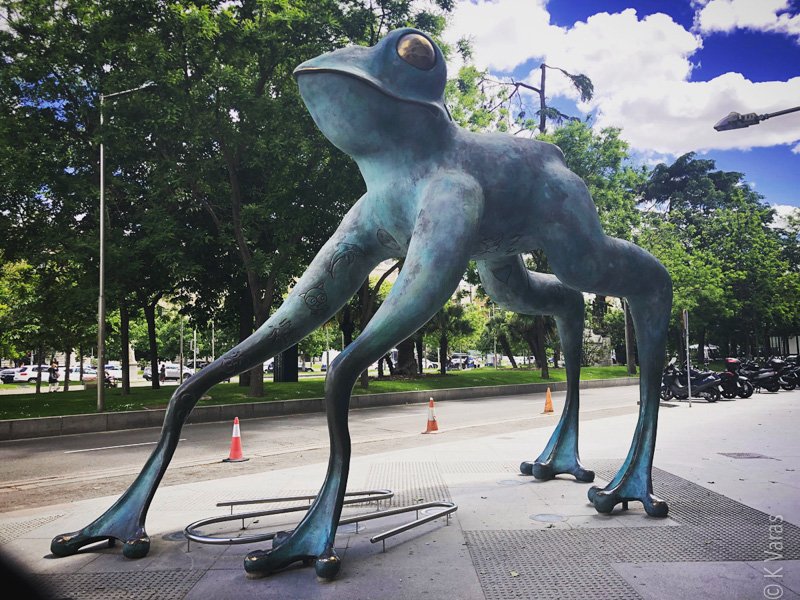
I continued through the swanky neighbourhood of Salamanca, where the character of commercial and culinary establishments definitely changed to the upper end of the spectrum. This is where the Cartier and Versace stores were, and fancy restaurants I definitely wasn’t dressed for. Also, eating solo at places like these is just weird so I wouldn’t have gone in anyway, but I would like to some time in the future, especially at the one called La Pulpería de Mila … if that isn’t a sign I don’t know what is (“Mila” is what some people call me).

Before long I emerged from the beautiful tree-lined streets to one of the major arteries that border el Retiro, only to have my curiosity piqued by an interesting building. Its Arab influence felt a little out of place this far north (the Umayyad conquest of Spain did reach all the way to Asturias, but the heart of the Iberian part of the caliphate was south in Andalusia where the majority of monuments remain), and anyway, this building didn’t look very old. But it definitely had the right flair to be an Arabic cultural centre: the building that now houses Casa Árabe was built in the 1880s in the Múdejar style, typical between XIII and XVI centuries in the Iberian Christian kingdoms, and was based on Muslim motifs used by the Arabs who remained in Spain after the reconquest. I couldn’t find an obvious way to go in, and, to be honest, I wasn’t even sure if I was allowed on the grounds, since the purpose of the building wasn’t clear to me at the time. I wish now I had gone in because if the inside of the building was anywhere as pretty as the outside, it would have been a sight to see.
Instead, I continued across the avenue to one of the few main gates into El Retiro, Puerta de Madrid. Immediately I began exploring the northeastern corner of the park, with its Casita del Pescador, ruins of the Ermita de San Pelayo y San Isidoro, and Monumento al General Martínez Campos. I also came across the Eugenio Trías Public Library, hidden among the trees. It seems that no matter which way I turned there was something new and interesting to discover. I’m sure there were things I missed but I can’t really be blamed for that, this place is huge!

I noticed on the map that there was something called Palacio de Velázquez nearby so I headed west. I came to the palacio from behind but even from that point of view it looked intriguing, nestled among the trees. It dates back to 1884 when it was built by Ricardo Velázquez Bosco (no, this is a different Velázquez: the architect, not the painter) for a national exhibition to celebrate the mining, metallurgy, ceramics, glass-making, and mineral water industries. It used to be called Palacio de la Minería. These days it is dedicated to temporary exhibitions of La Reina Sofía Museum which is what I found inside. For the wonderful price of zero euros, I got to see the De norte a sur, ritmos exhibition by Anna-Eva Bergman, a Norwegian abstract-impressionist. Unfortunately, I think I enjoyed the space inside more so than the art. The more abstract art I see, the less I like it, though there were a few pieces here that were interesting, at least the ones that had some relation to nature, Bergman’s usual motif. I think the security folk were a little confused when, instead of taking photos of the art, I was taking them of the rafters. It really is a very cool space, though, so you can’t blame me.

After the palacio, I headed towards another Velázquez-designed building, one that is based on the famous Crystal Palace in London, and also called Palacio de Cristal. This gorgeous building was built in 1887 on the occasion of the Exposition of the Philippines, a Spanish possession at that time. This palacio is built totally out of glass with an iron frame and brick foundation. For many years it was used as a greenhouse, but now it is also part of the Reina Sofía Museum and used for temporary exhibitions. This is such a stunning building, inside and out; I loved taking photos from all possible angles, trying to catch the reflections of both the surrounding trees and the structure itself. The building has the form of a Greek cross and a massive cupola so there are plenty of angles for sunlight to play with. There was also an art installation inside, a bunch of white, bone-like columns laid out in a regular pattern. I was lucky to be there in mid-afternoon, a time when most Spaniards are not strolling through places like this, so I was able to have the place almost all to myself. I did spot a young woman trying to take a selfie while jumping up so I went up to her to see if she needed any help. She was most grateful and I did manage to take some very cool shots of her in mid-air with the Crystal Palace in the background. She then offered to take some of me, which I did reluctantly agree to but I most certainly did not jump. On the other hand, I now have proof of not only being there but also of how empty it was. A few minutes later, however, a swarm of tourist came in, just as we were leaving … yes, the French girl and I got to chatting and exchanging information about places to see. She was the one who told me I will need to get my free ticket to the Prado earlier in the day because only a limited number are issued each day. I’m sure to make very good use of that bit of knowledge.

Outside of the Palacio de Cristal there is a pond with a fountain and various fowl hanging about. Surprisingly, there are also turtles. I wish I had gone to the far side of the pond because that is where the iconic photos of the palacio are usually taken but I was starting to get hungry and it was time to continue. Going west again, I came to the famous Estanque Grande del Retiro …
“[b]uilt between 1634 and 1636 by the architect, Cristobal de Aguilera, this lake was the heart of the Buen Retiro Palace garden and was used to hold water shows, such as navy battles or mock battles, and boat rides for the King and Queen and their Court. At that time it was linked by a stream to the chapel of Saint Anthony of Padua, which no longer exists, and the Retiro had its own shipyard to build boats. In the middle of the lake there was an oval-shaped island which was used for theatrical and musical performances.
Welcome to Madrid
I just love that this place has been around for such a long time doing its part entertaining people, even if those people, for hundreds of years, were only the privileged few. I also love the fact that the pond was used for simulations of naval battles, probably assisting the Spanish Armada in being as successful as it was. These days, the only boats floating on the pond are the ones couples take out to paddle around while gazing into each other’s eyes. And there were a few boats out there, though I may have exaggerated the number of lovers … many of the boaters seemed to be young people hanging out with their friends and having fun.

As I mentioned earlier, I was getting hungry and since I couldn’t decide what to have and where to have it, I took off for home to make something there. Sometimes I get to a point where making a decision about food gets to be just too much and something simple from the pantry is the only option left. I vowed to return and spend more time in this amazing park as soon as humanly possible.
